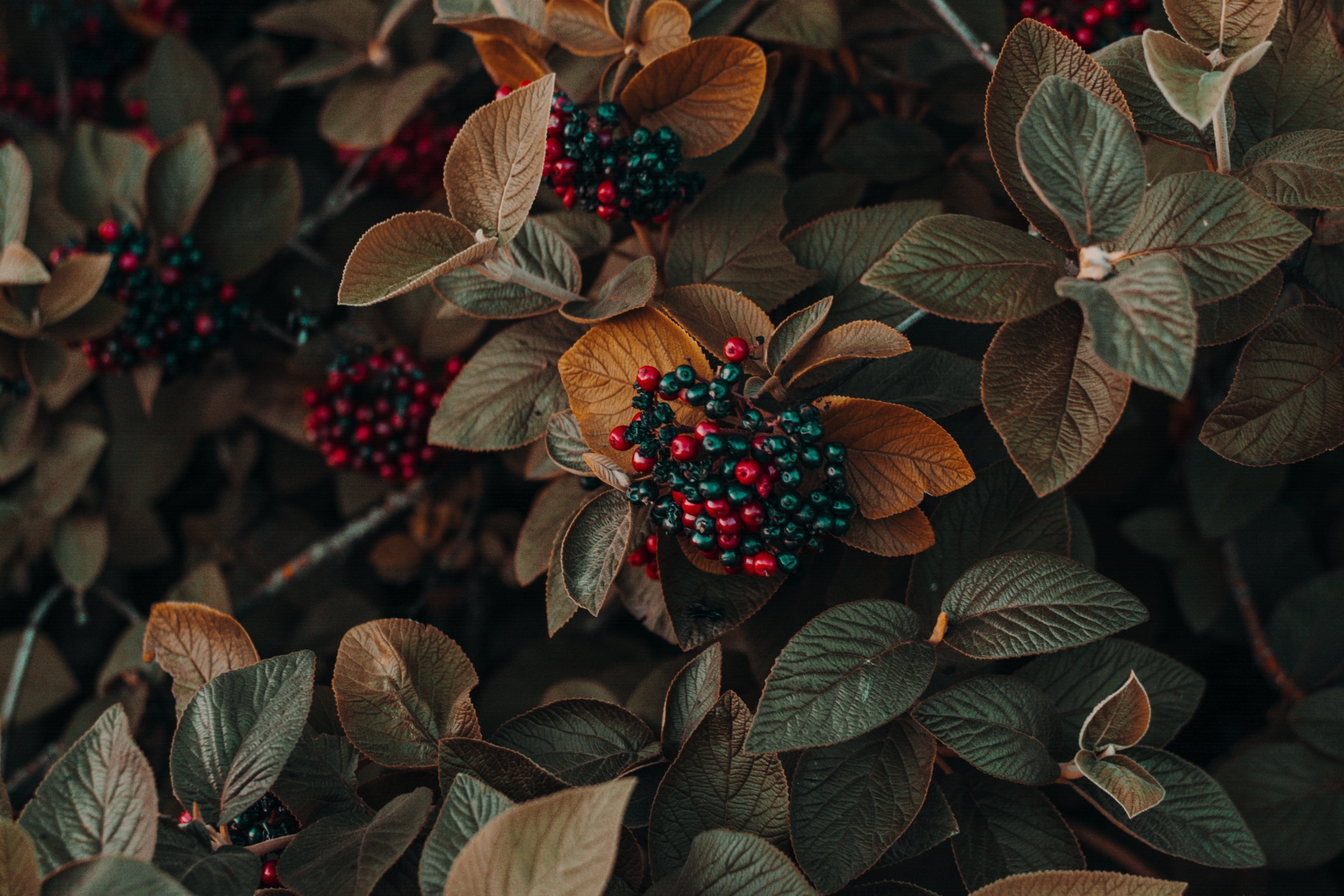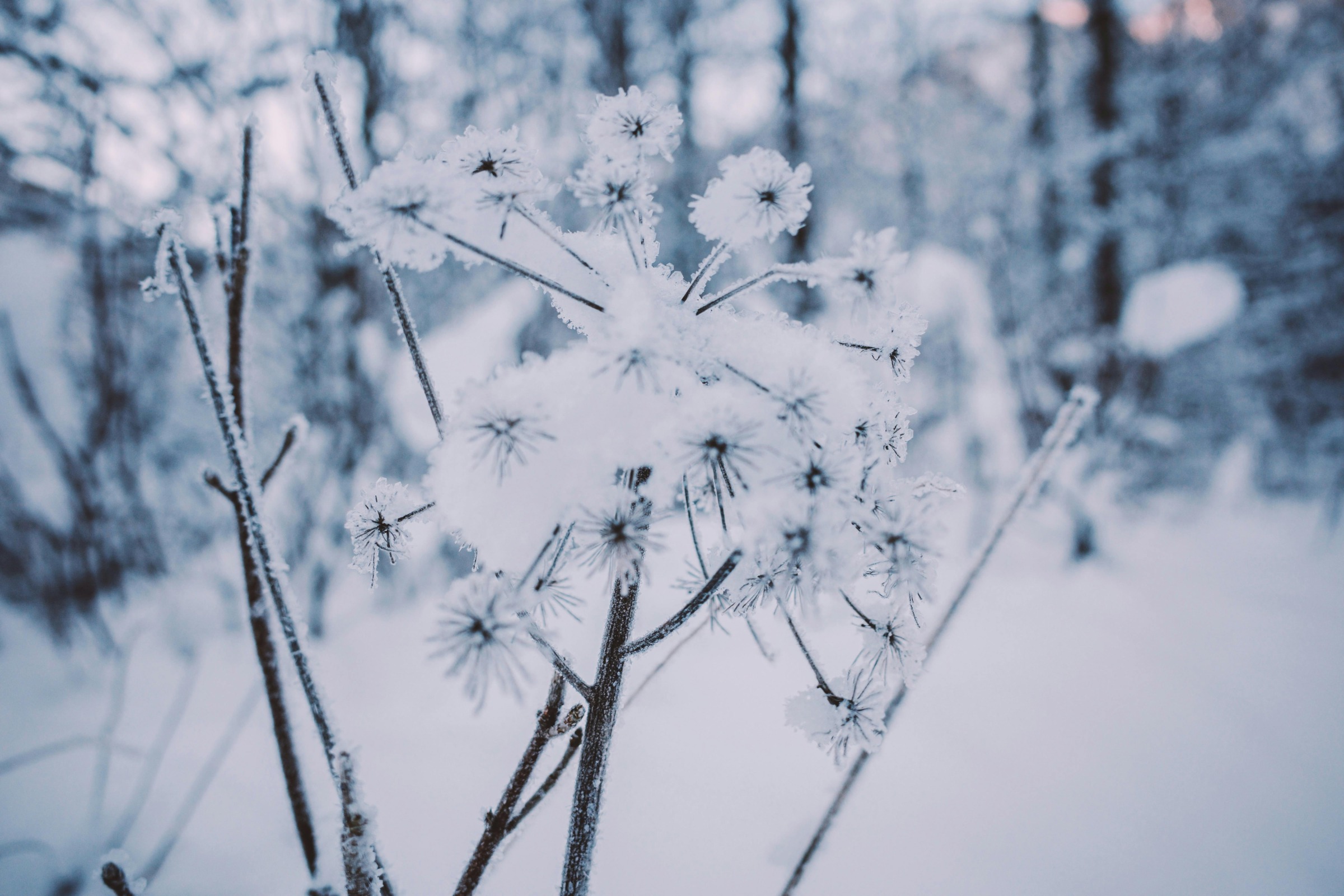When your garden bursts into purple blooms in early summer, your first instinct may be to admire the phlox. But on closer inspection, you may find you’re actually seeing stands of an invasive weed called dame’s rocket. Though it resembles phlox at first glance, dame’s rocket can take over gardens and natural areas if left unchecked.
Learning how to spot the differences between phlox and dame’s rocket is key for gardeners and land managers. Once identified prompt removal of this aggressive plant is important to prevent its spread.
How to Tell Phlox and Dame’s Rocket Apart
Both phlox and dame’s rocket produce purple to white flowers on tall, leafy stems. But several key differences can help you distinguish between these two plants:
-
Flowers – Phlox has 5-petaled flowers, while dame’s rocket has 4 petals
-
Bloom time – Dame’s rocket flowers appear in late spring, with phlox blooming in summer.
-
Leaves – Phlox has smooth oval leaves in pairs on stems. Dame’s rocket has alternate toothed leaves.
-
Height – Garden phlox grows 1-2 feet tall. Dame’s rocket reaches 2-4 feet.
-
Scent – Some phlox varieties are sweetly fragrant. Dame’s rocket has little to no scent.
Once you learn these differences, you can easily spot dame’s rocket weeds hiding amongst garden phlox.
Where Did Dame’s Rocket Come From?
Native to Europe and Asia, dame’s rocket was brought to North America in the 1600s as an ornamental garden plant. It has since escaped backyards and spread across much of the United States and Canada.
Today it grows along roadsides, in vacant lots, fields, forests, and prairies. Dame’s rocket has been classified as an invasive weed in many Midwestern and Northeastern states. It’s illegal to buy, sell, or propagate the plant in some areas.
How Dame’s Rocket Spreads Aggressively
This invasive weed proliferates quickly through:
-
Prolific seed production – Each plant can produce thousands of seeds annually.
-
Self-sowing – Seeds drop near the parent plant in summer, sprouting the following spring.
-
Wind dispersal – Lightweight seeds blow in the wind, spreading the plant.
-
Animal dispersal – Seeds cling to animal fur and feathers, transferring them.
-
Human dispersal – Spread by accidental transplantation and discarded garden waste.
-
Root fragmentation – Broken root sections can generate new plants.
These reproductive methods allow dame’s rocket to spread rapidly under the right growing conditions.
Impacts of Dame’s Rocket Invasion
When dame’s rocket escapes gardens, it can aggressively invade:
-
Fields and meadows – Forms dense stands that crowd and shade out crops and native wildflowers.
-
Forests and woodlands – Displaces native spring ephemerals that flower before trees leaf out.
-
Roadsides and trail edges – Overtakes ditches, fields, and natural areas near human disturbance.
-
Riparian zones – Invades streambanks and displaces native vegetation important for erosion control.
Dame’s rocket degrades wildlife habitat, reduces biodiversity, and threatens ecosystems across North America. Stopping its spread is critical for protecting our natural areas.
How to Remove and Control Dame’s Rocket
Eliminating established stands of dame’s rocket requires persistence over several growing seasons. Here are some effective control methods:
-
Manual removal – Hand pull plants before seed set. Dispose of full plant in garbage, not compost.
-
Cutting/mowing – Cutting can prevent seed production but must be repeated. Avoid cutting when seeds are present.
-
Herbicides – Apply systemic glyphosate and 2,4-D sprays in spring and fall to actively growing plants.
-
Prescribed fire – Spring burns may control infestations, followed by herbicide treatments on resprouts.
-
Replanting – Revegetate treated areas with native grasses and wildflowers to prevent reinvasion.
-
Prevention – Learn to identify dame’s rocket. Remove new plants immediately to avoid infestations.
Vigilance is required to prevent recurrence and reintroduction of this aggressive invader.
How to Avoid Confusing Dame’s Rocket with Native Phlox Species
Some native phlox species closely resemble dame’s rocket, especially:
-
Wild blue phlox – A woodland wildflower with five-petaled blue flowers in spring. Leaves are opposite and smooth edged.
-
Garden phlox – A popular cottage garden perennial with fragrant, five-petaled summer flowers. Grows shorter than dame’s rocket.
-
Creeping phlox – A low-growing phlox with five-petaled lavender spring flowers. Has smooth, opposite needle-like leaves.
Learning the key differences helps avoid mistakenly removing beneficial native phlox plants when controlling dame’s rocket weed invasions.
Keeping Dame’s Rocket Out of Your Garden
Here are some tips to prevent dame’s rocket from invading your garden:
-
Learn to identify dame’s rocket weed early to recognize and remove new plants ASAP.
-
Inspect nursery plants carefully and avoid purchasing dame’s rocket.
-
Ask for native alternatives to grow instead of dame’s rocket.
-
Monitor garden edges for invasion from nearby infestations.
-
Maintain healthy native plantings that can better compete against invasives.
Caught early, small infestations of dame’s rocket can be easily controlled by hand pulling. But allowing it to become established can lead to a prolonged battle against this aggressive invader. Being able to distinguish it from garden phlox is key to successful management.

Additional Images Dame’s Rocket leaf




How can I control dame’s rocket?
Check any “wildflower” seed packets you may purchase to ensure that they do not contain dame’s rocket seeds. You can cut the flower heads off established plants after bloom so the plants do not set seed, or hand pull the plants. If plants are pulled while in bloom, do not compost them, as the seeds can still ripen and spread. Bag the plants for landfilling, or burn them. Do not allow the plants to dry before burning, as seedpods may burst open and spread seeds when dried. If appropriate, burn infested areas where allowed. Finally, glyphosate-containing herbicides can be applied in late fall when native plants are dormant, but the dame’s rocket basal leaf rosettes are still green and vulnerable to sprays. Avoid getting the herbicide on other plants. Repeat control measures for a few years until seeds in the soil are depleted.
Author: Lisa Johnson, UW-Madison Division of Extension Revised: 5/10/2010 Item number: XHT1082
Creeping Phlox Exposed: What You Didn’t Know
FAQ
What is the invasive plant that looks like phlox?
Because of its similar appearance to phlox species, it is often not recognized as an invasive plant; however, if left uncontrolled, dame’s rocket can quickly establish and dominate a landscape.
How to tell dame’s rocket from phlox?
The easiest trick to tell the two apart is by simply counting petals. The flowers of dame’s rocket have four petals; those in the phlox family have five. An easy trick to remember this is that phlox has five letters in its name and its flowers have five petals as well.
What is the vining plant that looks like phlox?
Common names: dame’s-violet, mother-of-the-evening, sweet rocket. (Sometimes mistaken for the native wood phlox.)
Why is Dame’s Rocket a problem?
What problems does dame’s rocket cause? Like many invasive plants, dame’s rocket forms monocultures that replace native plants in high quality natural areas, which in turn reduces critical food resources for birds, butterflies, and other wild creatures.
